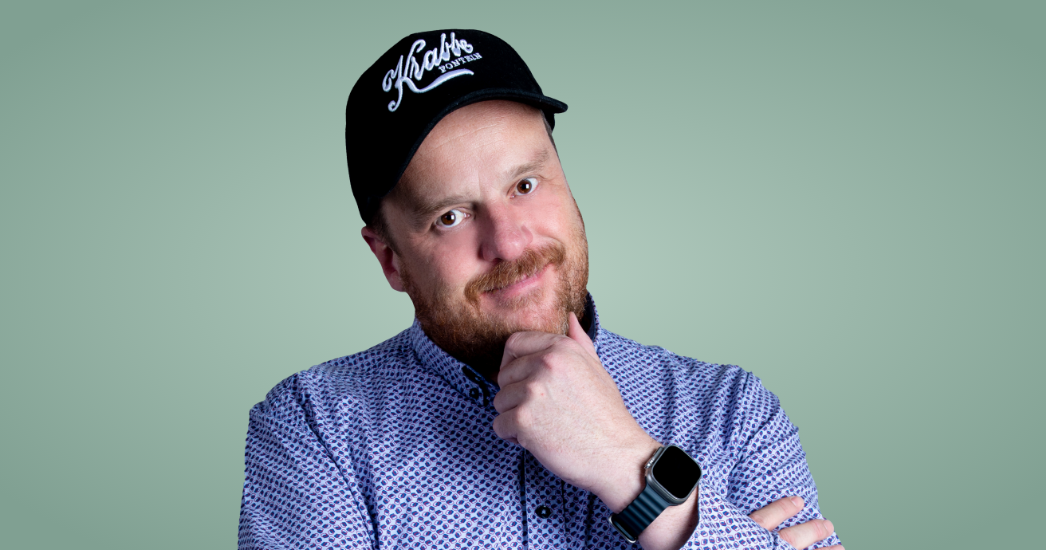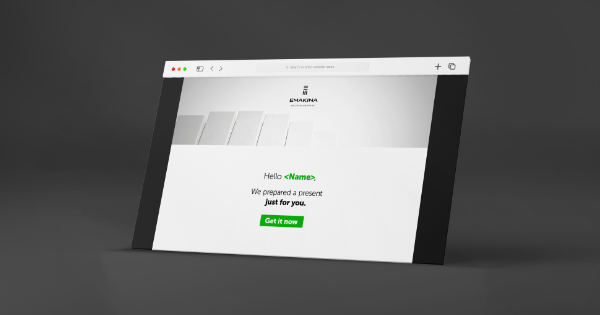NFTs from an Artist’s Perspective: the end of art as we know it?
Born in England, multi-award winning Melbourne-based Steve Munro migrated to Australia in 2005 where he now works as a modern pop artist exploring the theme of ‘the ordinary and everyday’ and how it shapes our personal and collective identities.
His work continuously sells for thousands of dollars and he is constantly compared to both Andy Warhol and Wayne Thiebaud but this is not something he agrees to, preferring to be labeled more as Anti-Warhol rather than Andy Warhol.
As of recently, he’s been moving his art from physical to digital spaces.
“As an artist with physical paintings, I am going to move all my work onto blockchain in the long-term and streamline my online presence by removing almost all of my accounts with online galleries except for two, which I have now done – one physicial Sydney gallery, and my own website“. – said Munro.
He has agreed to share his NFT experience with us.
I: What is the favorite artwork you made to date?

S: This oil painting is called ‘The Freshwater Five’ and its backstory is in consideration of the five people from the Isle-of-Wight who were convicted of importing cocaine to the value of £53MIL into the UK, but questions still remain in consideration of their innocence.
The story resonates with me as I used to live in St Ives, Cornwall, and I got to know several people that fished for mackerel and how fragile their world is.
The painting was ultimately sold at Saatchi Art’s ‘The Other Art Fair’ in Sydney, March 2021 to the fair organiser Ash Basa.
I: Has your previous work always revolved around multimedia?
S: I’m a documentary cinematographer in my ‘other-life’ and I qualified as an underwater camera operator several years ago; I have been a photographer for quite a while and have substantial portfolios with both Adobe and Getty Images; so, multimedia has always been in my life.
I: Have you considered moving your photography work to NFT marketplaces?
S: It’s not something I’m currently considering because I need to work on my current series of paintings, but I may do so in the future.
I: Do you think it’s possible to be a full-time NFT artist to make a living from being one? Would you ever consider taking that path yourself?
S: I do believe in the possibility of being a full-time NFT artist, someone making an agreeable income from placing their art into NFTs, whether or not one sells a piece for a significant sum or many for agreeable prices as, in effect, it is just another platform in which to sell art.
And, like other platforms or markets, it’s all about getting work in front of the eyes of potential collectors; also, for me, any market that allows me to sell my work so I can continue to be a professional artist is a market I’m going to be exploring.
I: What percentage of your income is attributed to NFTs?
S: At present, I am considering my long-term strategy for my art business and slowly building my brand, as, we all know, true success is not something that happens overnight.
Although there are some examples of people “striking gold”, to use the comparable analogy, it doesn’t reflect the incredible amount of training, time, persistence, and perseverance that artists go through to advance their practice and career.
My entry into the NFT art world is recent and I’m spending considerable time and resources into getting my brand out there so, right now, I’m not expecting much income from it.
I did, though, when I created my first NFT, invest some money into other cryptos and that has effectively covered the cost of creating the NFTs I currently have available for sale.
I: How hard was your NFT journey? How much of an influence, in your opinion, has your previous career had on your NFT success?
S: It’s helpful that I have a significant body of cohesive work that I could explore as options for digital pieces, so I was very well positioned to put forward a new body of work from my original paintings.
And some of my pieces (such as the previously mentioned ‘The Freshwater Five’) have been fundamental for creating playful digital assets (I made the fish ‘dance’) which also developed my digital abilities – it was quite the learning curve; my work ethic is quite strong and my standards are high, so I just threw myself into the NFT process, drawing on my recent work and previous experience.
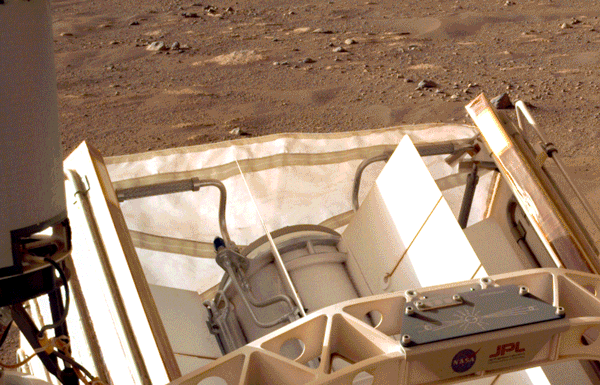
I: How likely do you think is it for a new NFT artist with extraordinary artwork to actually manage to sell it?
S: Artists at the beginning of their career have the same challenges in the NFT world as they do in the tangible art market – it’s all about getting your work in front of the right collectors. The cream always rises but it has a journey to go through, and that’s the same with any artist; build your brand.
I: What percentage of the NFT success formula makes up having extraordinary art vs. being good at networking?
S: The art world is not built around the ‘solitary artist waiting to be discovered’ trope, it doesn’t matter how good your work is if you can’t get it in front of the eyes of potential collectors.
I place a significant amount of time, energy, and resources into getting my brand out there; I’m about 50/50 art/admin and I usually work 12 hours or so a day seven days a week and I give myself a few days break when I need it.
The work I do doesn’t suit the commercial galleries – I have a specific rather than a general community of collectors that, fortunately, do like my work and buy it.
There are many online galleries currently and I know, as an art collector as well as an artist, how time-consuming it is trawling through the work to find a piece that suits my taste.
This all boils down to the simple formula of 50/50 in doing good work you are proud of and networking to the nth degree.
I: Do you trade artwork on marketplaces other than Rarible? .
S: Although a lot of my NFT work is on Rarible.com, I am being quite playful with pieces on other platforms such as hicetnunc in which I’m treating the two in a similar fashion one would treat limited edition and open edition prints – with hicetnunc I’m putting up pieces for pennies really and Rarible has the more expensive pieces.
The unfortunate thing about not being verified with Rarible is that if a collector wants to buy a piece from an unverified artist, a red warning flashes up saying ‘do so at your own risk’; I am now verified several weeks after applying, and while there is understanding for the purpose of the warning – to prevent unscrupulous behavior such as copyminting – it does make selling on Rarible harder than it needs to be for newcomers.
I: Have you placed any of your artworks in one of the cryptovoxels galleries? Are you planning to do so?
S: I haven’t, maybe after finishing my current series I’ll give it some time.
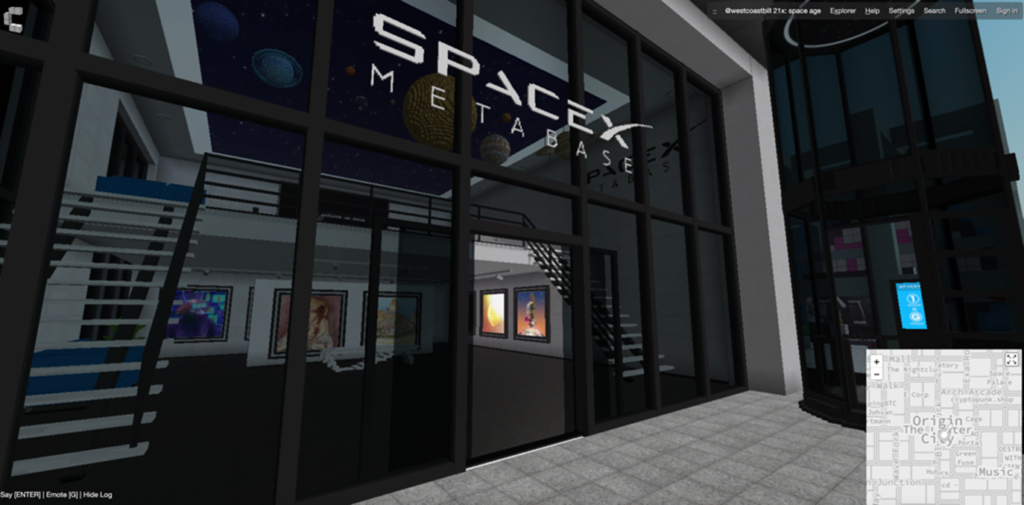
I: What is your crypto wallet of preference? Is there a specific reason why you use that one?
S: MetaMask is my wallet of choice – it is really well known and so is compatible with many online spaces, and good at what it does. But I do also have Temple for using TEZOS and I use coinbase to get ETH into MetaMask.
I: Now that you’ve mentioned TEZOS, how does hicetnunc compare to ETH based marketplaces?
S: Hicetnunc is exploding at the moment. Recently, I read it overtook Opensea and is currently the largest NFT marketplace. Rarible seems to have died down a bit, which is visible from lower mining fees which signal lower interaction of the users with the network. A couple of weeks ago, you would’ve seen Rarible’s top creators earning 25Ξ a day which would amount to almost 50.000 €, whereas now they’re earning around 2Ξ daily.
What makes hicetnunc attractive is the fact that it runs on TEZOS, and TEZOS blockchain is incredibly fast, transactions run smoothly and it’s about a million times more efficient than ETH in terms of energy usage since its blockchain runs on the proof-of-stake (PoS) consensus. The most I’ve paid for minting on hicetnunc was 50 cents.

I: Quite a few people have mentioned Rarible becoming quite a nuisance from the user experience’s perspective.
S: Rarible has been a victim of its success. So many people wanted to join around March and the sudden influx of thousands of new users seemed to overwhelm them. It was to be expected that frustrated users would exit to other options like hicetnunc or Kalamint.
I: How well do you know who your artwork goes to and what they do with it? Are your art buyers seeking quick gains via resell/speculating or do they buy the art because they love and appreciate it?
S: It’s been shown regularly that the work I create has meaning to certain people and they often send me photos of what they’ve done with their purchase so, at the moment, they’re collecting the tangible work because they love and appreciate it rather than wishing to flip it on the secondary market.
However, that’s not the same with NFTs as some buy for either appreciation or reselling. I think it’s quite fun to be honest – really playful – and so I’m happy with whatever a collector does with a piece.
A more serious ‘however’ is, though, the difference in royalties and commission between tangible and digital assets and which gallery or platform holds the work. It’s been quite an unsuccessful struggle for decades for artists to receive royalties in the traditional secondary market and, of course, that’s all changing with NFTs – commissions are not up to 50% and assuming the NFT piece is sold on the same platform, then royalties are automatically generated.
I do believe that’s a game-changer for artists and the more other artists realise that it is possible to sell tangible work as NFTs, then the more they will drift to using NFT platforms to primarily show and sell their work.
This assumes huge problems for online galleries in the long-term, in comparison, I believe, to the well-known Netflix/Blockbuster meeting in which Blockbuster laughed at Netflix; and we all know how that turned out for Blockbuster.
I: How much of NFT trade, overall, do you think is pure speculation vs. art appreciation?
S: At the moment I think there’s an equal split between NFT speculation and appreciation; I’m certainly seeing pieces that are being flipped for tens or hundreds of the purchase price. But then there are collectors like me who buy a piece because of the cultural rather than economical value.
I: Is there a specific way NFT traders track miner fees so they can buy artwork when they’re low?
S: Fortunately, there are excellent resources online such as RaribleAnalytics (OBSY) and Etherscan where both creators and collectors can decide when to create or buy based on an agreeable gas fee. But there are other platforms that have TEZOS rather than ETH as their token of choice and those fees are pennies compared to the hundreds of dollars ETH gas fees get to.
And that’s why one can experiment and play with pieces when using TEZOS because there is not usually that frustration of having to wait quite some time to get a piece on the ETH Mainnet.
I: Are you aware of Telegram NFT-trading-groups where one-time purchasers re-sell or even give away the purchased artwork for free? Have you ever been a victim of your artwork being exchanged in that way? Do you think marketplaces should address & combat this?
S: Interestingly I was having a discussion recently with someone on the Rarible forum in which a question was asked “what if I now decided to sell the art at a lower rate than the creator after purchasing it, is it possible to do that?”
And while yes, of course, that is possible, my instant reaction and the answer was “you’re suggesting that you want to devalue someone’s work”.
The response came back in the negative but it does highlight that there are people doing that with the NFTs they buy and although I’ve not heard much about devaluation in Telegram channels, it’s also not something that I would engage with.
I: If an NFT is bought from an artist from a marketplace where he or she receives royalties for that NFT, and the new owner decides to sell it on another marketplace, will the artist still receive those royalties?
S: I’ve tried to send my work to other platforms as a test without success; and speaking with other artists, it doesn’t seem possible to sell on a different platform from the one a piece was bought at the moment.
I: Do you think digital+tangible NFTs have an advantage over digital-only?
S: My NFT work is a combination of tangible only, tangible with digital, and, digital only; and I also even have one tangible oil painting that is not available anywhere other than Rarible, not even on my website.
For me, experimenting with combinations is a way of expressing myself in multiple forms and I don’t decide each piece – whether tangible or digital or a combination of the two – has any advantage over the other.
However, I do think that digital with tangible has a future and it is something that I’m considering with new work alongside this piece here.
I: As of recently, there have been articles foreseeing the NFT bubble to inevitably burst soon. What is your opinion on this? Do you think a bubble bursting matters if it’ll eventually recover just like the 2008 housing bubble burst?
S: I’m currently reading on forums that people are comparing the NFT ‘bubble’ to a gold rush; and, I believe, like the California gold rush in the 19th C, people are turning up without the necessary tools or capabilities.
This is, of course, raising the gas fees and it seems that people are putting more money into the crypto market than necessary and, due to the volatility in cryptocurrencies, it is inevitable that some people will get burnt.
However, in comparison to already occurring speculation, the burn happens only when assets are sold for less than they were bought. If you’re able to keep hold of things then look to the long-term and not the short; but it also seems that people are borrowing money to buy both crypto and NFTs and if we have Elon Musk creating a panic so that the price of Bitcoin drops by 50% in a matter of days, then that is obviously a bubble bursting.
Personally though, I am looking at a long-term strategy for my art and I do believe the NFT market will stabilise and continue to prosper.
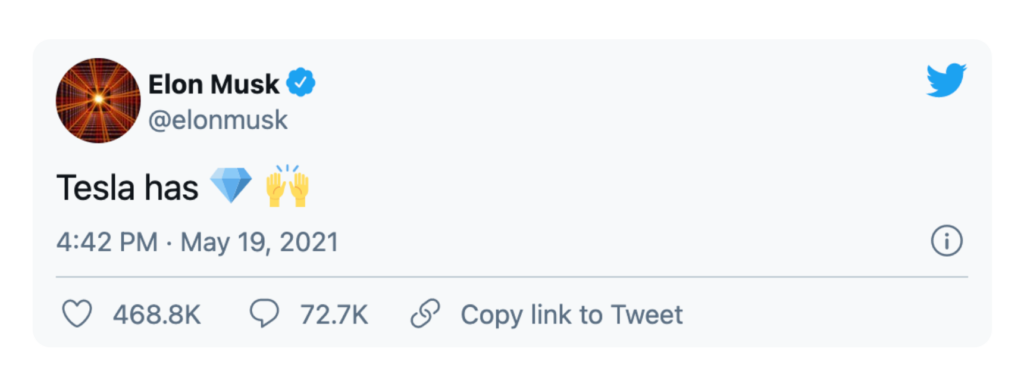
I: How do you comment on environmentalists being upset because of the amount of energy consumed by cryptocurrencies and NFTs?
S: I recently read that, currently, the minting of one NFT has a carbon cost equal to a person living in Europe for a month and that’s alarming and needs to change.
However the community does have a plan to do just that, from working to a more environmentally sound Eth2, to artists offsetting their current carbon cost of creation with apps like aerial ,and even to the reality that artists are no longer traveling the world in planes with their art to attend international art fairs, thus cutting that environmental cost.
To come back to the comparison, what really needs to be addressed is why it takes so much energy for one person living in Europe for a month.
I: We’ve seen plenty of fashion brands and creatives jumping on the NFT bandwagon, from fashion brands selling garments, reports of Nike coming out with NFT sneakers soon, to fashion designers selling patterns for 3D printed clothing you can print in the comfort of your home. What industries (or companies) do you expect to thrive from NFTs in the future? Which ones do you think will benefit from NFTs the most?
S: I think the already possible concept of people buying fashion, for example, online, downloading a 3D file of their purchase and printing the garment on their home 3D printer is exciting, and offers a massive opportunity for future growth.
How this can be utilised by artists is going to be a fantastic experimental process and one I will explore myself and the success or failure of that will still come down to getting your work in front of eyes.
Big brand names do already have a captive audience and if they get involved in producing NFTs, it will ultimately help anyone creating art NFTs. This, I believe, is because it educates the general public that NFTs can be anything or other than just a digital file.
I: What do you think is the future of NFTs after ETH moves to ETH 2.0?
S: I think Eth3 will come soon after Eth2 is launched and we will see exponential growth of NFTs being made, bought, and sold.
I: And lastly, will NFTs last or is it just a fad?
S: I believe that NFTs are not only a permanent tool for artists, but they will ultimately see the demise of the current work-practice of galleries.
As I write this, the state of Victoria has gone into a snap seven-day lockdown due to a Covid outbreak in Melbourne.
And, you know, the experiences we have had over the last year-and-a-half with Covid, and the disruption and damage it’s brought to us, has conditioned us to understand it is possible to sell art online, and, so, change is here to stay.

